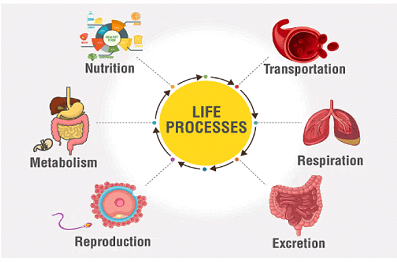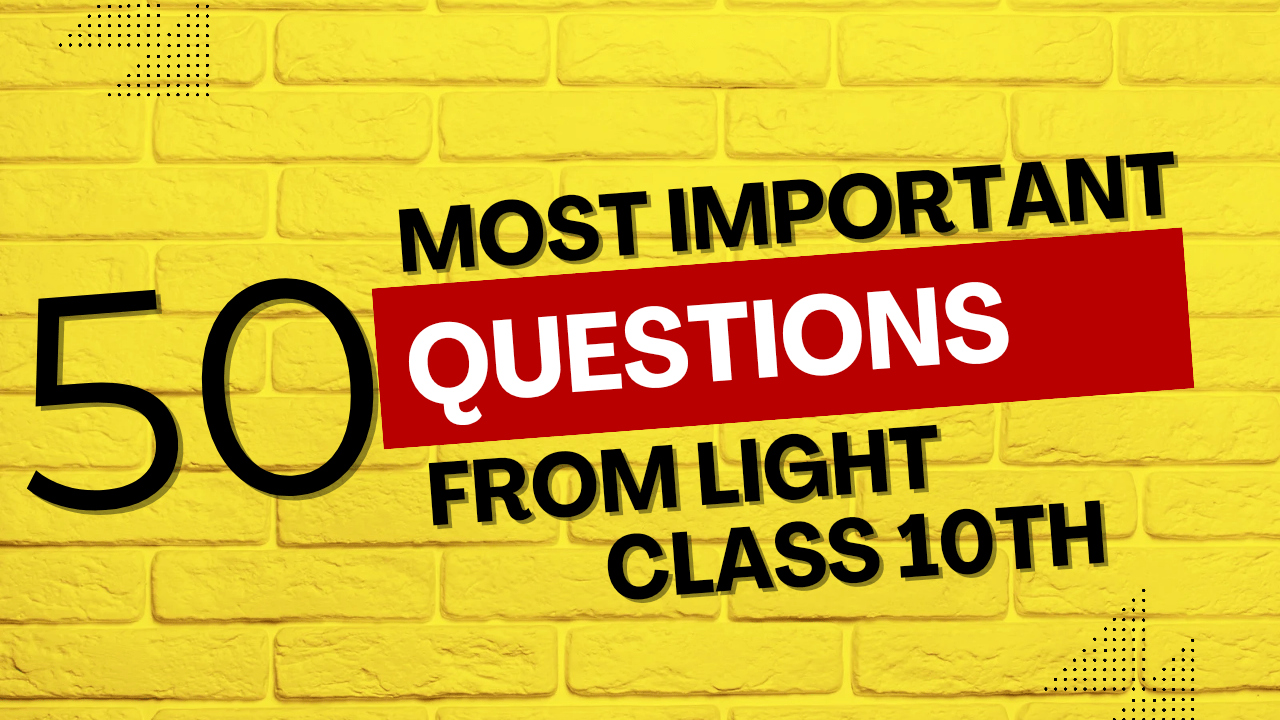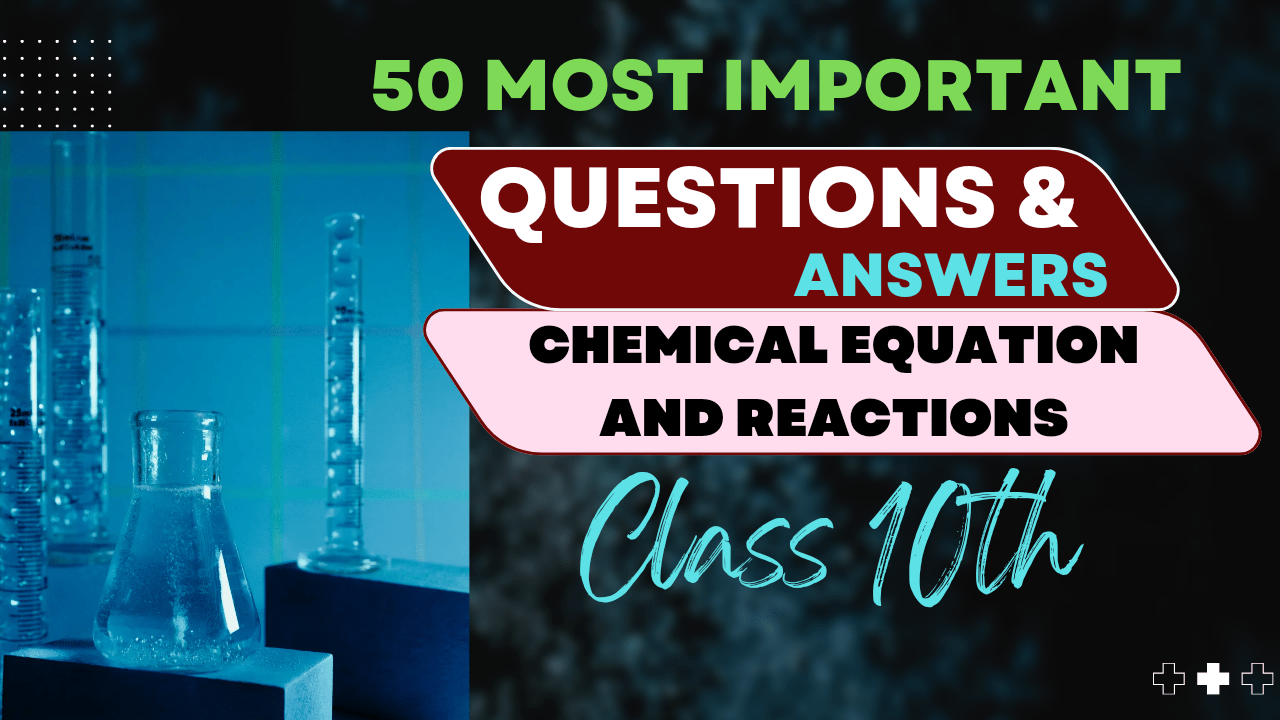What is redox reaction with example class 10
Understanding how redox reactions shape our daily experiences
Introduction
Oxidation and reduction (redox) reactions are not just theoretical concepts confined to chemistry laboratories. They are fundamental processes that influence countless aspects of our everyday lives, from the food we eat to the energy we consume, and even the natural processes occurring in our bodies.
In this post, we’ll explore the practical implications of redox reactions in our daily experiences, providing you with clear examples and explanations that will help you connect classroom chemistry with real-world phenomena.
Remember:
Oxidation involves the loss of electrons (OIL RIG: Oxidation Is Loss), while reduction involves the gain of electrons (Reduction Is Gain). In any redox reaction, both processes occur simultaneously – one substance is oxidized while another is reduced.
Common Examples of Oxidation in Daily Life
1. Rusting of Iron
Perhaps the most visible example of oxidation in our surroundings is the rusting of iron. This familiar reddish-brown coating is the result of iron reacting with oxygen in the presence of moisture.
Chemical Process:
4Fe + 3O2 + 2H2O → 2Fe2O3·H2O (rust)
Iron (Fe) is oxidized as it loses electrons to oxygen, forming iron(III) oxide hydrate, commonly known as rust.
Rusting causes enormous economic losses worldwide as it weakens iron structures like bridges, vehicles, and buildings. This is why protective measures such as galvanization, painting, and using rust-resistant alloys are so important in construction and manufacturing.
2. Browning of Fruits
Have you noticed how sliced apples, bananas, or avocados turn brown when left exposed to air? This process, known as enzymatic browning, is another example of oxidation in our everyday lives.
Chemical Process:
When fruits are cut, enzymes called polyphenol oxidases (PPO) are exposed to oxygen. These enzymes catalyze the oxidation of phenolic compounds in the fruit to produce quinones, which then polymerize to form melanin—the brown pigment you see.
Practical applications: To prevent browning, we often use antioxidants like lemon juice (containing vitamin C) or ascorbic acid, which prevent the oxidation reaction. Commercial food producers use similar compounds like sulfites to preserve food color and freshness.
3. Combustion of Fuels
Every time we drive a car, cook food using gas, or burn wood in a fireplace, we’re witnessing oxidation reactions in the form of combustion.
Chemical Process:
CH4 + 2O2 → CO2 + 2H2O + energy
In this example of methane combustion, carbon atoms in methane are oxidized, losing electrons to oxygen and forming carbon dioxide. The reaction releases energy in the form of heat and light.
This redox process powers our vehicles, heats our homes, and is the foundation of most energy production worldwide. The released energy drives turbines in power plants or directly provides heat for various applications.
4. Bleaching Processes
Household bleach (sodium hypochlorite solution) works through oxidation reactions to remove stains and disinfect surfaces.
Chemical Process:
Bleach oxidizes colored organic compounds, breaking their chemical bonds and changing their structure so they no longer absorb visible light, thus appearing colorless or “bleached.”
NaOCl + H2O → HOCl + NaOH
The hypochlorous acid (HOCl) is the active oxidizing agent that reacts with colored compounds.
Beyond laundry, oxidative bleaching is used in paper manufacturing, hair coloring, and water treatment processes.
5. Battery Operation
Batteries power our portable devices through carefully controlled redox reactions.
Example: Lithium-ion Battery
In a lithium-ion battery:
• Anode (negative electrode): Lithium is oxidized, releasing electrons
• Cathode (positive electrode): Metal oxide is reduced, accepting electrons
The flow of electrons from anode to cathode through an external circuit provides the electrical energy that powers our devices.
This example shows how controlled redox reactions can be harnessed to provide portable electrical energy—a technology that has revolutionized modern life.
Common Examples of Reduction in Daily Life
1. Metal Extraction
Most metals in nature exist as oxides or other compounds in ores. Reduction processes are essential for extracting pure metals from these ores.
Example: Iron Production in Blast Furnaces
Fe2O3 + 3CO → 2Fe + 3CO2
Carbon monoxide acts as a reducing agent, removing oxygen from iron ore and producing pure iron. The iron oxide is reduced (gains electrons) to form metallic iron.
This reduction process is the foundation of the iron and steel industry, which provides materials for buildings, vehicles, tools, and countless other products we use daily.
2. Traditional Photography
Although digital photography has largely replaced traditional methods, the chemical principles of traditional photography provide an excellent example of reduction reactions.
Chemical Process:
In traditional photography:
1. Film is coated with silver halide crystals (e.g., AgBr)
2. When exposed to light, silver ions (Ag+) are reduced to metallic silver (Ag)
3. During development, chemicals further reduce exposed silver ions to complete the image
2AgBr + light → 2Ag + Br2
This reduction of silver ions creates the dark areas in photographs, with the degree of darkness proportional to the amount of light exposure.
3. Hydrogen Fuel Cells
Hydrogen fuel cells represent cutting-edge clean energy technology based on controlled redox reactions.
Chemical Process:
At the anode, hydrogen is oxidized:
H2 → 2H+ + 2e–
At the cathode, oxygen is reduced:
½O2 + 2H+ + 2e– → H2O
Overall reaction:
H2 + ½O2 → H2O + electrical energy
These fuel cells are increasingly used in vehicles, backup power systems, and portable power applications. Unlike conventional batteries, fuel cells can continuously generate electricity as long as hydrogen and oxygen are supplied.
4. Biological Redox Processes
Oxidation and reduction reactions are vital to life processes, particularly in cellular respiration and photosynthesis.
Example: Cellular Respiration
In cellular respiration, glucose is oxidized (loses electrons) while oxygen is reduced (gains electrons):
C6H12O6 + 6O2 → 6CO2 + 6H2O + energy (ATP)
The released energy is stored in ATP molecules, which power cellular activities.
These biological redox reactions are what allow us to convert food into usable energy, maintain body temperature, build muscles, and perform every function necessary for life.
Example: Photosynthesis
In photosynthesis, the reverse process occurs:
6CO2 + 6H2O + light energy → C6H12O6 + 6O2
Carbon dioxide is reduced to form glucose, while water is oxidized to produce oxygen.
Practical Applications in Industries
Chemical Manufacturing
Oxidation is used to produce chemicals like:
- Nitric acid (via oxidation of ammonia)
- Sulfuric acid (via oxidation of sulfur dioxide)
- Alcohols, aldehydes, and ketones
Food Preservation
Antioxidants like BHA, BHT, and ascorbic acid prevent food oxidation, extending shelf life and maintaining quality.
Metallurgy
Reduction processes extract metals from ores:
- Iron from hematite using carbon
- Aluminum from bauxite using electrolysis
- Copper purification through electrorefining
Fermentation
An anaerobic redox process used in:
- Wine and beer production
- Bread making
- Dairy products like yogurt and cheese
Industry Insight:
In the pharmaceutical industry, redox reactions are crucial for synthesizing many drugs. For example, the oxidation of alcohols to aldehydes or ketones is a key step in producing pain relievers, antibiotics, and other medications. Understanding and controlling these reactions allows for more efficient and precise drug manufacturing.
Environmental Impacts of Oxidation and Reduction
Beneficial Impacts
- Natural Water Purification: Oxidation processes break down organic pollutants in water bodies.
- Soil Formation: Oxidation of minerals contributes to soil development and fertility.
- Waste Treatment: Advanced oxidation processes (AOPs) are used to treat industrial waste and contaminated groundwater.
Harmful Impacts
- Acid Rain: Sulfur dioxide and nitrogen oxides from fossil fuel combustion undergo oxidation in the atmosphere, forming acids that fall as precipitation.
- Ozone Depletion: Certain chemicals react with and reduce ozone in the stratosphere, weakening Earth’s protection from UV radiation.
- Metal Contamination: Oxidation of metals like mercury can increase their mobility and toxicity in the environment.
Environmental Connection:
Oxidative stress caused by free radicals (highly reactive oxygen species) can damage cells and contribute to aging and disease. Antioxidants in fruits and vegetables help counteract these effects. This is why a diet rich in antioxidants is recommended for health maintenance.
Examination Perspective
Key Points to Remember:
- Define oxidation and reduction in terms of electron transfer, oxygen gain/loss, and hydrogen gain/loss.
- Identify the oxidizing and reducing agents in any given redox reaction.
- Recognize common oxidation reactions (rusting, combustion, food spoilage) and reduction reactions (metal extraction, electroplating).
- Explain the economic importance of controlling oxidation processes like corrosion.
- Connect theoretical concepts to practical applications in industry, agriculture, and daily life.
Sample Exam Questions
Question 1:
Explain why applying a coat of paint to an iron gate helps prevent rusting. Include the chemistry behind this phenomenon in your answer.
This tests your understanding of oxidation mechanisms and practical prevention methods.
Question 2:
In the reaction: 2Mg + O2 → 2MgO
(a) Identify which substance is oxidized and which is reduced.
(b) Explain how this reaction demonstrates the law of conservation of mass.
This tests your ability to identify oxidation/reduction and connect to broader chemical principles.
Question 3:
List three everyday examples of redox reactions and explain the electron transfer in each case.
This tests your ability to apply theoretical concepts to practical situations.
Exam Strategy:
When answering questions about redox reactions in everyday life:
- First identify whether the reaction involves oxidation, reduction, or both.
- Clearly state which substance is oxidized (loses electrons) and which is reduced (gains electrons).
- Include balanced chemical equations when possible.
- Explain the practical significance or observable effects of the reaction.
- Connect to real-world applications, especially those mentioned in your syllabus.
Summary
Oxidation and reduction reactions are fundamental chemical processes that shape our daily lives in countless ways. From the rusting of metals to the functioning of our own cells, these electron-transfer reactions underpin many natural and technological processes.
Understanding these reactions helps us:
- Explain everyday phenomena like food spoilage and metal corrosion
- Develop methods to prevent unwanted oxidation reactions
- Harness these reactions for technological applications like batteries and fuel cells
- Comprehend important biological processes that sustain life
By recognizing the chemistry behind these common processes, we gain a deeper appreciation for how chemical principles govern our world and how we can apply this knowledge to solve practical problems.
Continue Your Learning Journey
Ready to explore more about oxidation in the real world? Our next post focuses on one of the most significant examples of oxidation in everyday life.
Next Topic: Corrosion


